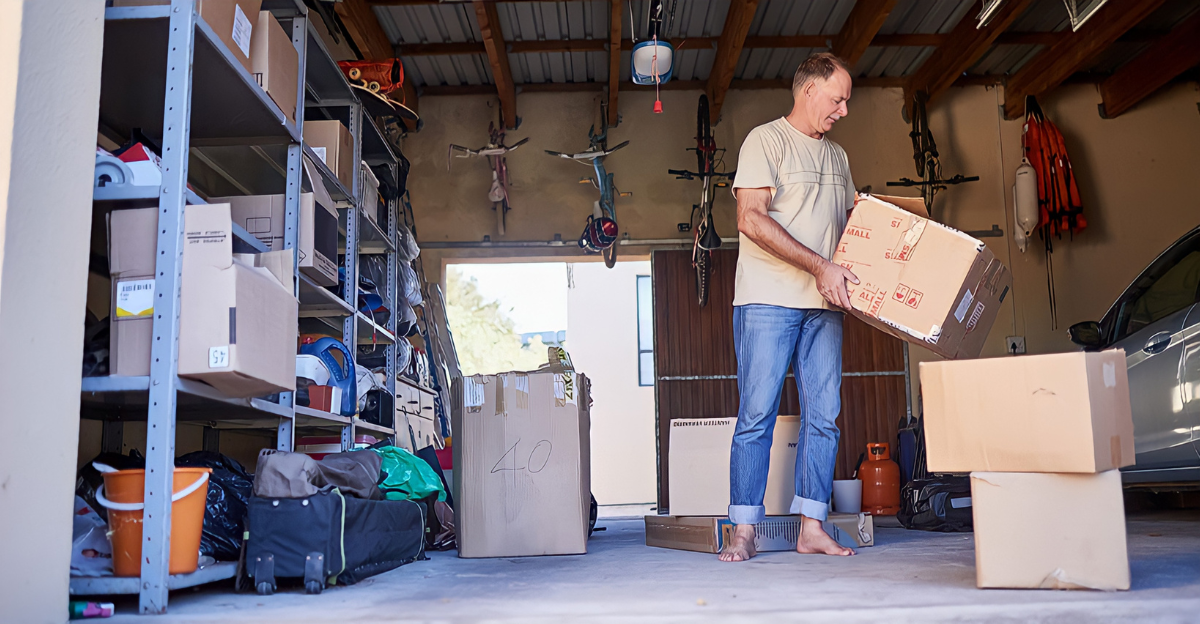
Having an outdoor shed is a great way to free up some space in your home and have a designated spot to store items, but these sheds often turn into junk savers rather than organized storage, and there might be items in there that don’t belong there, or at the least shouldn’t be there.
Most sheds lack climate control, so they’re subject to extreme temperature swings and fluctuating humidity levels that can quickly ruin items you wouldn’t want to lose. Before filling up those shelves, it pays to know which everyday household items should always be kept out of your shed.
1. Batteries
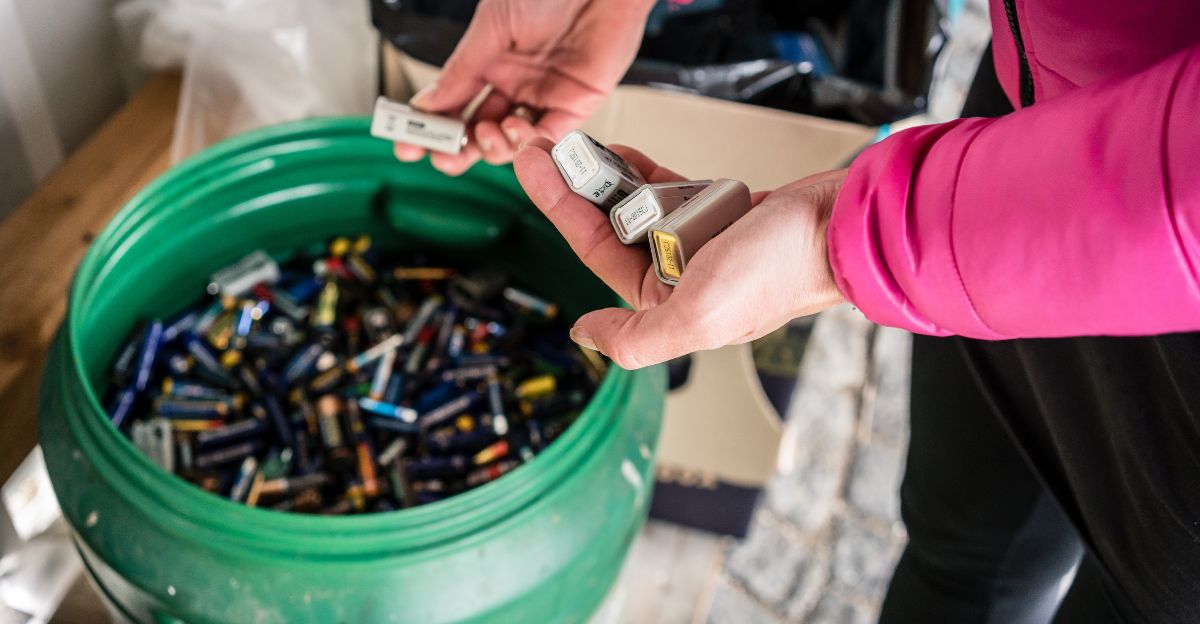
Batteries should never be stored in an outdoor shed due to the risk posed by extreme temperature fluctuations and humidity. These can significantly shorten battery lifespans or even lead to dangerous situations. Storing batteries in a shed can also lead to battery expansion and leakage, possibly damaging the items they power or causing a fire hazard.
Always remove batteries from power or gardening tools before storage for maximum safety and longevity, and keep them at recommended temperatures.
2. Paint
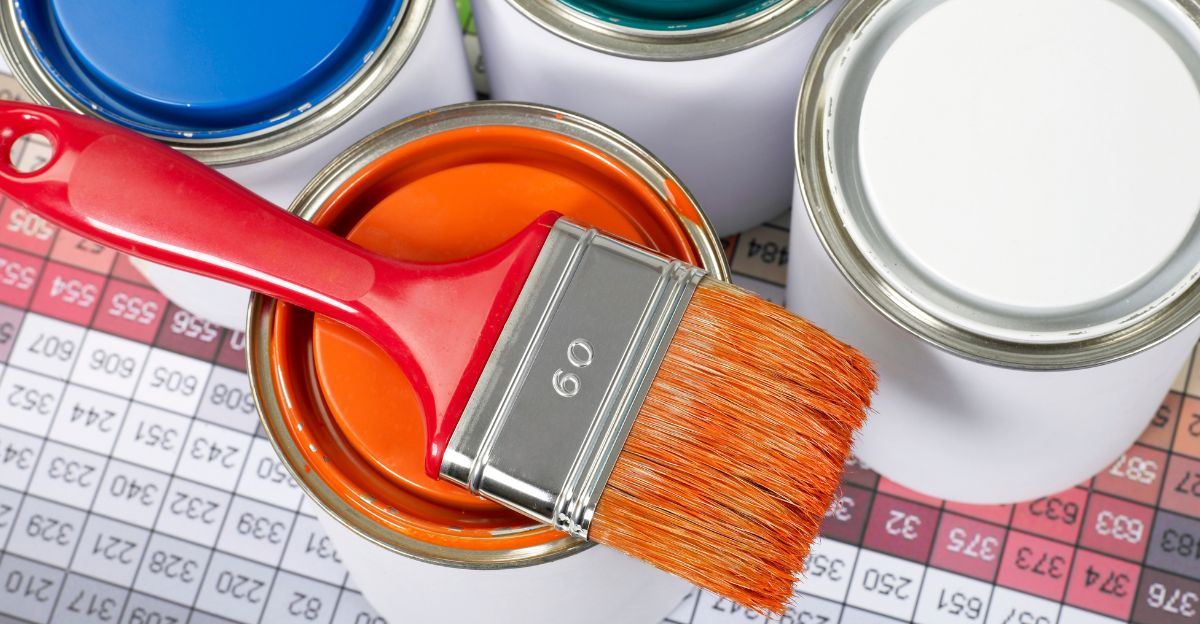
If you’re thinking about storing your paint in the shed to use again at a later date, think again. In hot conditions, paint may dry out, curdle, or separate; in cold conditions, it can freeze, causing irreversible changes in consistency and rendering it unusable.
Moisture and condensation can also cause metal paint cans to rust, leading to contamination and leaks. Experts strongly recommend storing paint indoors in a cool, dry, temperature-controlled space, like a basement shelf or an interior closet, rather than in a shed or garage.
3. Electronics
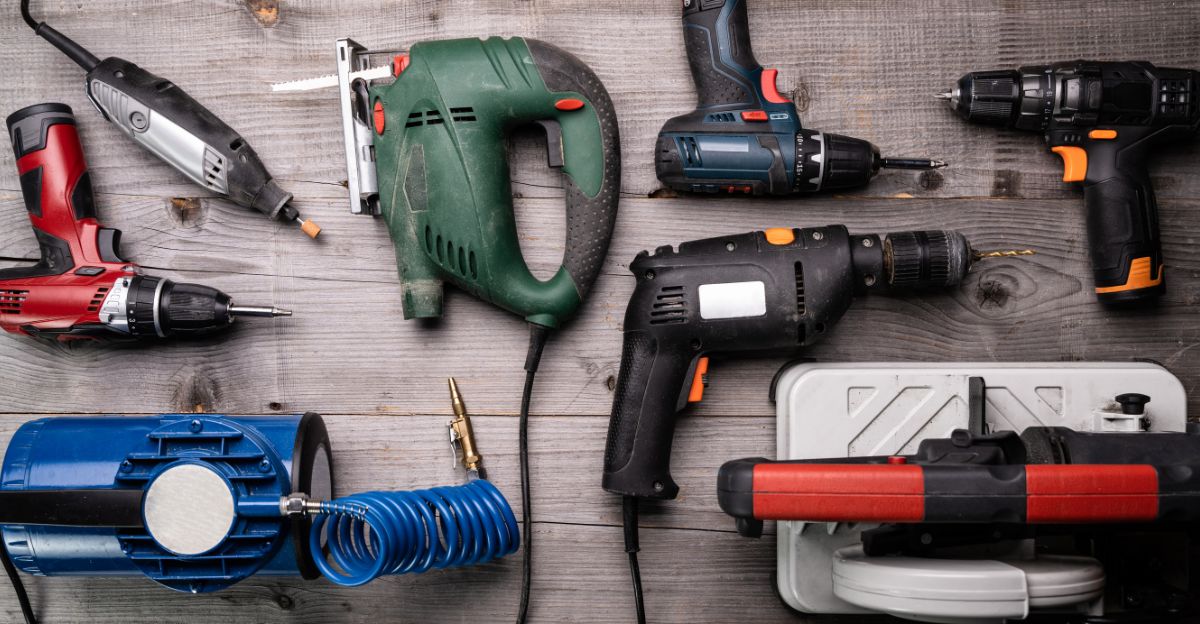
If you want to keep your electronics working, you should store them elsewhere. Extreme heat or cold exposure can warp components, damage LCD screens, or cause hard drives to fail, resulting in potential data loss or device malfunction.
Besides worrying about temperature fluctuations, critters like rodents can chew on wires, further increasing the risk of electrical hazards.
4. Wood Furniture
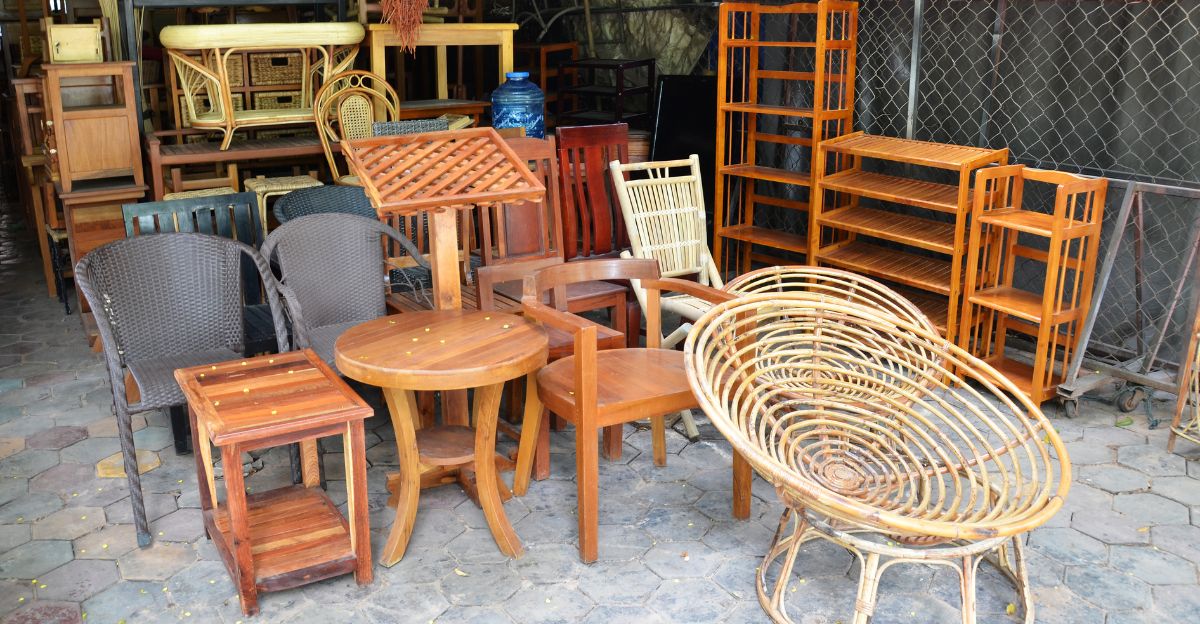
If your shed isn’t sealed properly and you decide to store wooden furniture, moisture exposure might cause irreversible damage, like swelling, cracking, and warping. Frequent shifts between hot and cold accelerate these problems and can compromise the furniture’s structural integrity and overall look.
Sheds are also prone to pests such as insects and rodents, which may chew on wood or nest in upholstered pieces, further increasing the risk of deterioration.
5. Propane
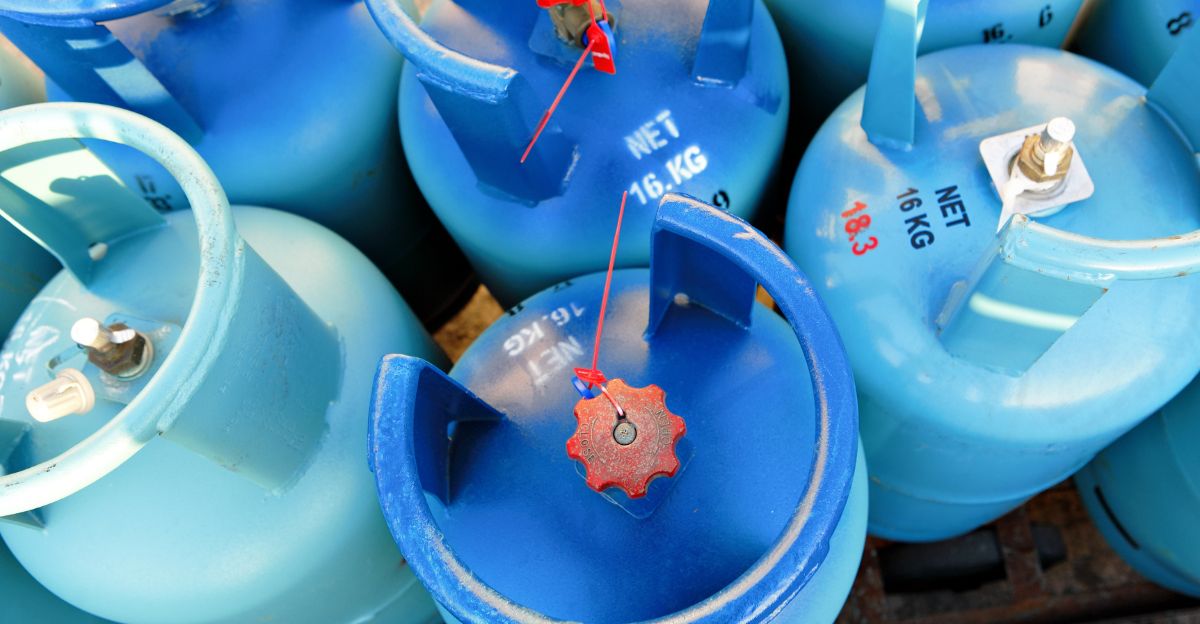
Propane should never be stored in an outdoor shed due to its serious risks. Most sheds are enclosed and poorly ventilated, making them extremely dangerous places for storing pressurized, highly flammable propane cylinders.
Even a small gas leak in a confined, unventilated space can allow propane to accumulate, creating an explosion hazard that a spark or static electricity can trigger.
6. Books

An outdoor shed is no place to keep books, unless you want to lose them all. Books are highly sensitive to changes in temperature and humidity, and excessive moisture or even brief periods of high humidity can cause pages to warp, stick together, or develop mold and mildew, permanently damaging them.
Heat can make bindings brittle and fade printed covers, while cold can freeze any residual moisture, resulting in further deterioration.
7. Instruments
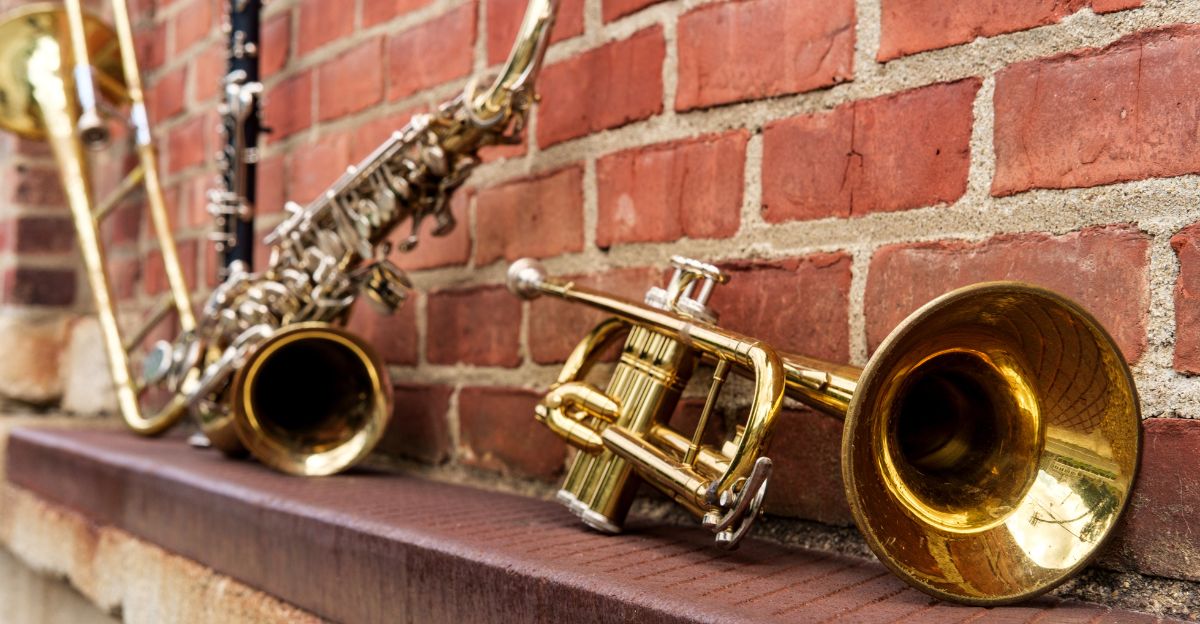
Instruments need more TLC than most, and leaving them in your outdoor shed is a recipe for disaster. Wooden instruments are highly vulnerable to excess moisture, which can cause wood to warp, swell, or crack, while glue joints may loosen, and strings can rust. Brass and other metal instruments similarly risk corrosion, as damp and humid shed conditions accelerate rust and permanent damage.
Even instruments designed to be sturdy, like keyboards or percussion instruments, can suffer from warping, weakening of components, and, ultimately, a decline in sound quality and playability.
8. Pantry Foods
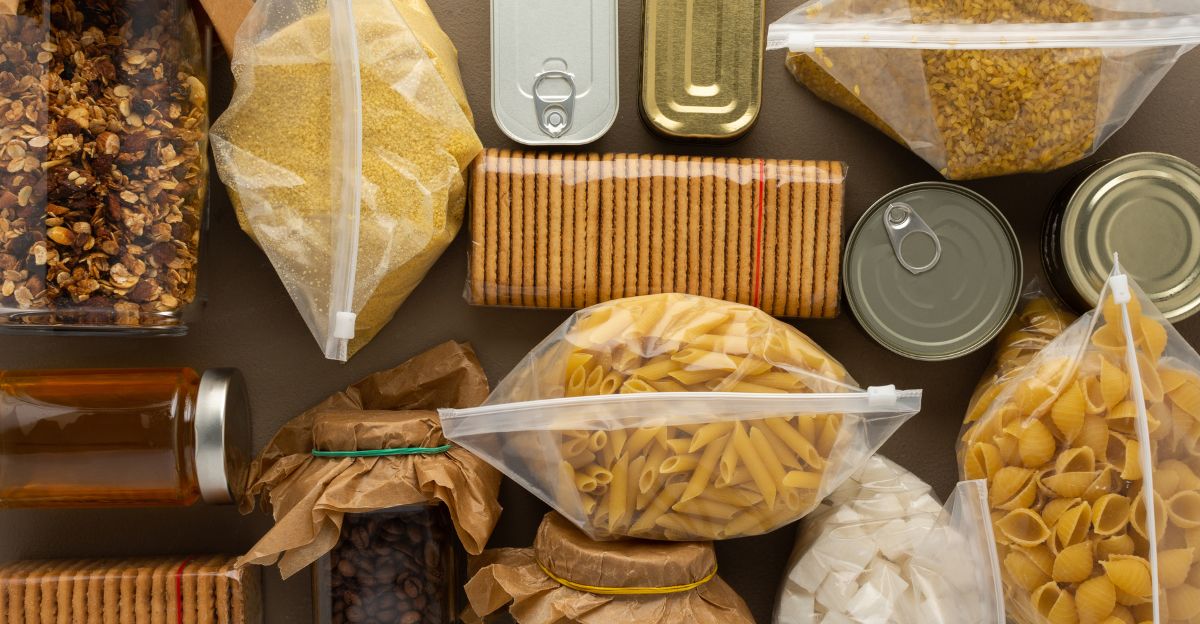
People sometimes use their sheds as pantry overflow, as they seem like a great place to store non-perishables, but it’s not a great idea. Dry goods and canned foods ideally require stable, cool, and dry conditions between 50°F and 70°F, anything above this can speed spoilage, cause chemical breakdown, or encourage the growth of bacteria and mold.
Humid and fluctuating temperatures also lead to clumping, musty odors, and an increased risk of foodborne illnesses. Storing food in a shed also risks exposure to sunlight and condensation, which decrease stored foods’ freshness and nutritional value.
9. Wine
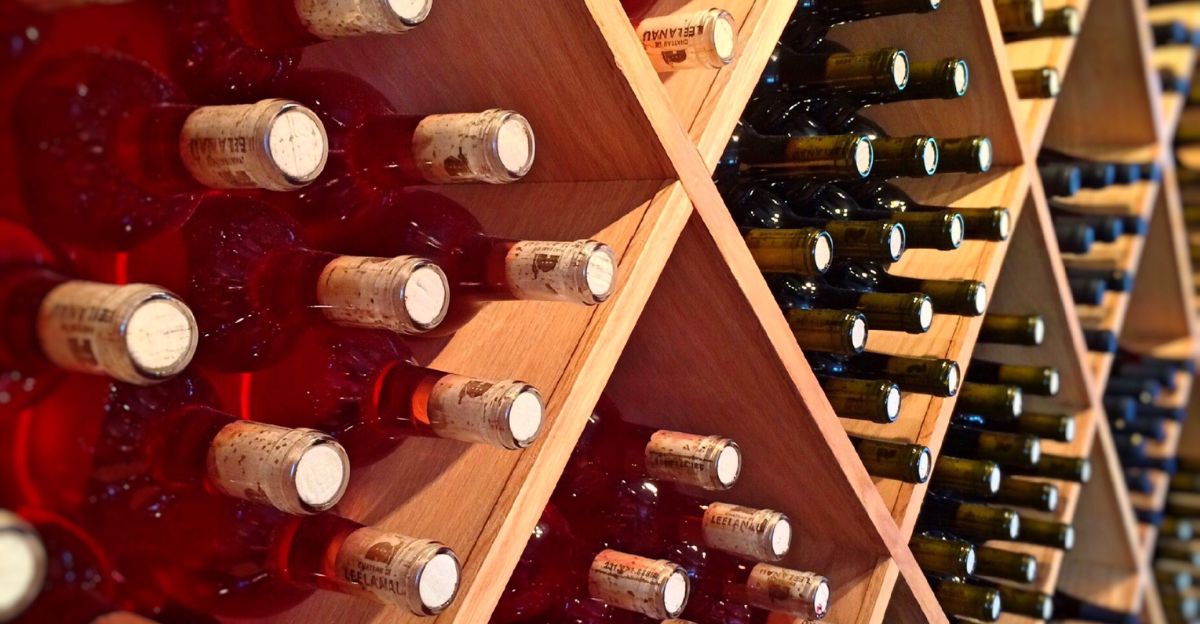
While a shed might seem like a good idea for a makeshift wine cellar, you might destroy your wine altogether. Wine is highly sensitive to fluctuations and extremes in temperature, as well as changes in humidity.
The ideal storage environment for wine is a stable temperature between 55°F and 59°F, with humidity around 60%–70%. If humidity drops too low, corks may dry out and let air seep in, ruining the wine. Too much moisture can encourage mold growth and damage labels.
10. Important Documents
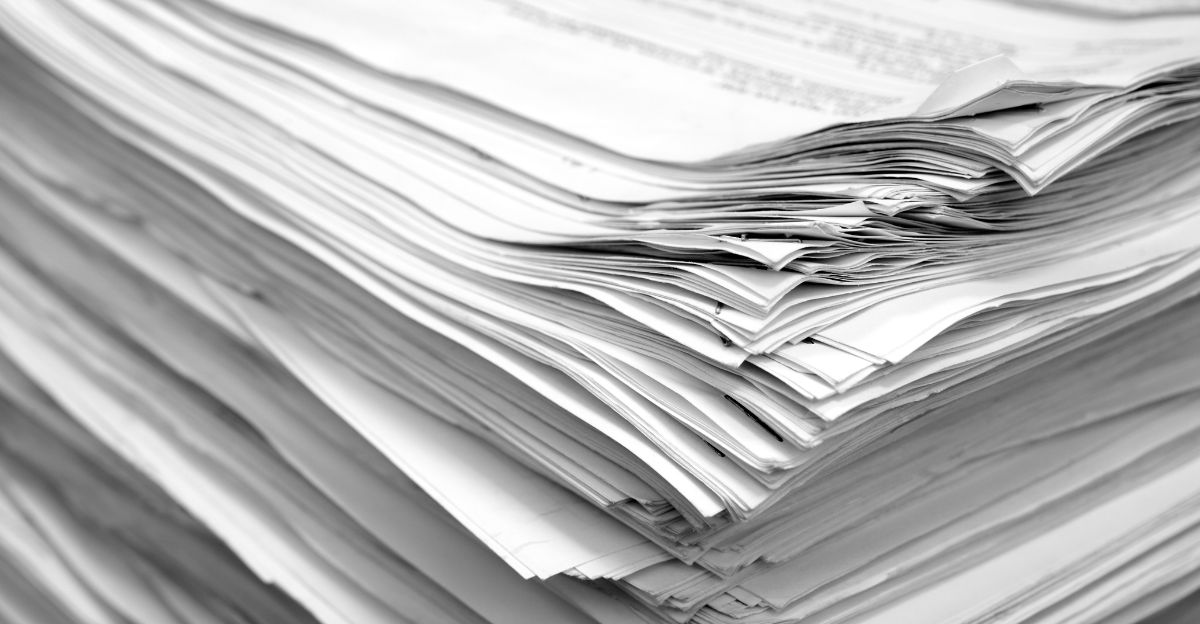
Paper records like birth certificates, passports, insurance papers, wills, and financial statements are sensitive to even minor environmental changes; humidity and condensation can cause pages to stick, warp, or become illegible, while heat and sunlight can lead to fading and deterioration.
Moisture buildup increases the risk of mold, mildew, and irreversible water damage, and paper is a common target for rodents and insects looking for nesting material. Sheds are also generally less secure than homes, leaving documents at greater risk of theft or loss during a break-in, fire, or storm.
11. Clothing and Other Fabrics
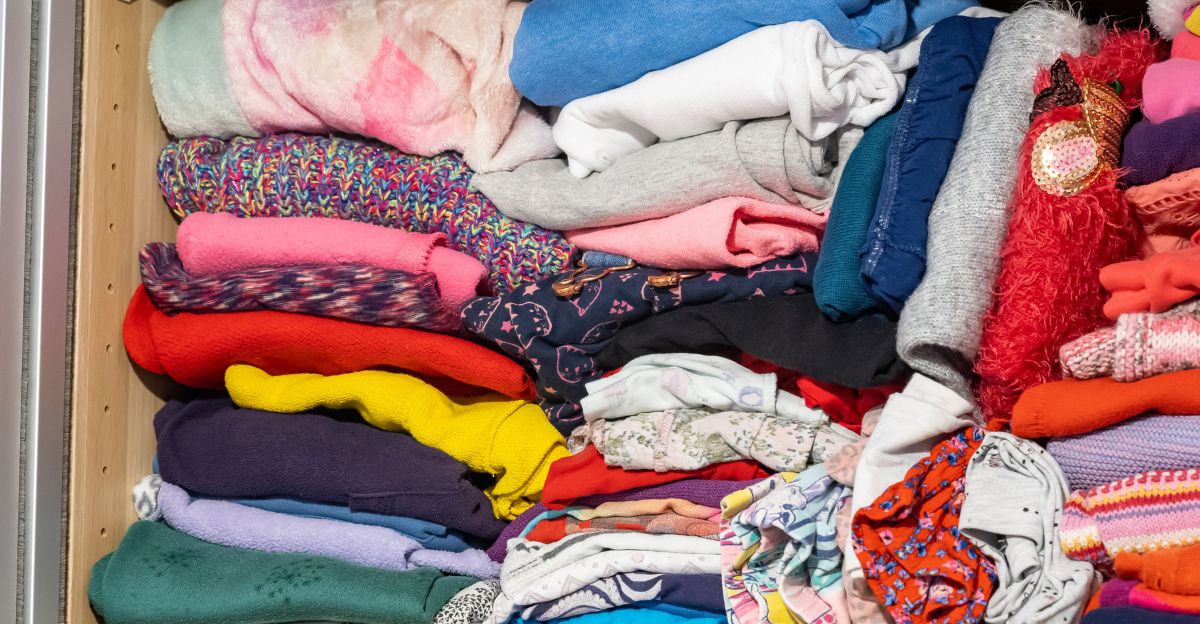
Due to the constant temperature changes within a shed, mold and mildew grow quickly on natural fibers like cotton, wool, and silk. These fungi leave behind musty odors and stains and can cause irreversible fabric deterioration, fading, shrinkage, and weakened fibers.
Even synthetic fabrics, while more resistant, are not immune to the effects of moisture and can still develop unpleasant smells or discoloration over time.
12. Fertilizer
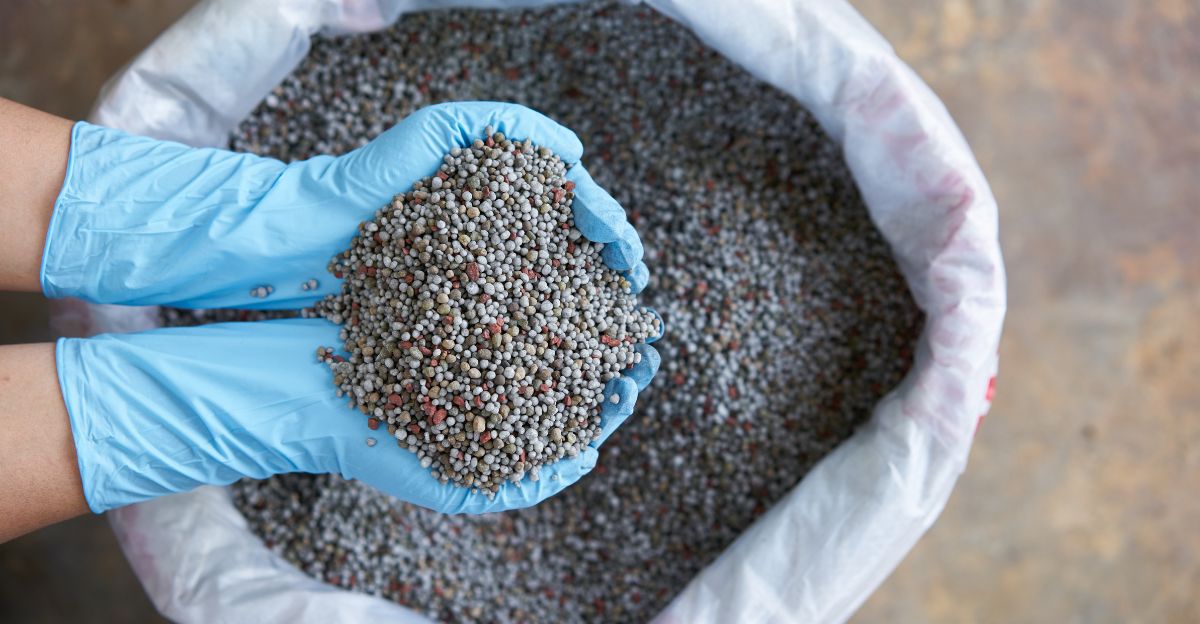
Fertilizers are highly sensitive to moisture, they can readily absorb humidity from the air, which leads to caking, clumping, and reduced effectiveness. Many fertilizers, especially those containing ammonium nitrate, pose fire and contamination risks if not kept in a dry, temperature-controlled, and well-ventilated environment.
Storing fertilizers near flammable materials or in unsecured, unsupervised locations raises the risk of accidental misuse. For safety and environmental protection, fertilizers should always be stored indoors in a dedicated, locked, and moisture-free space.
13. Seeds
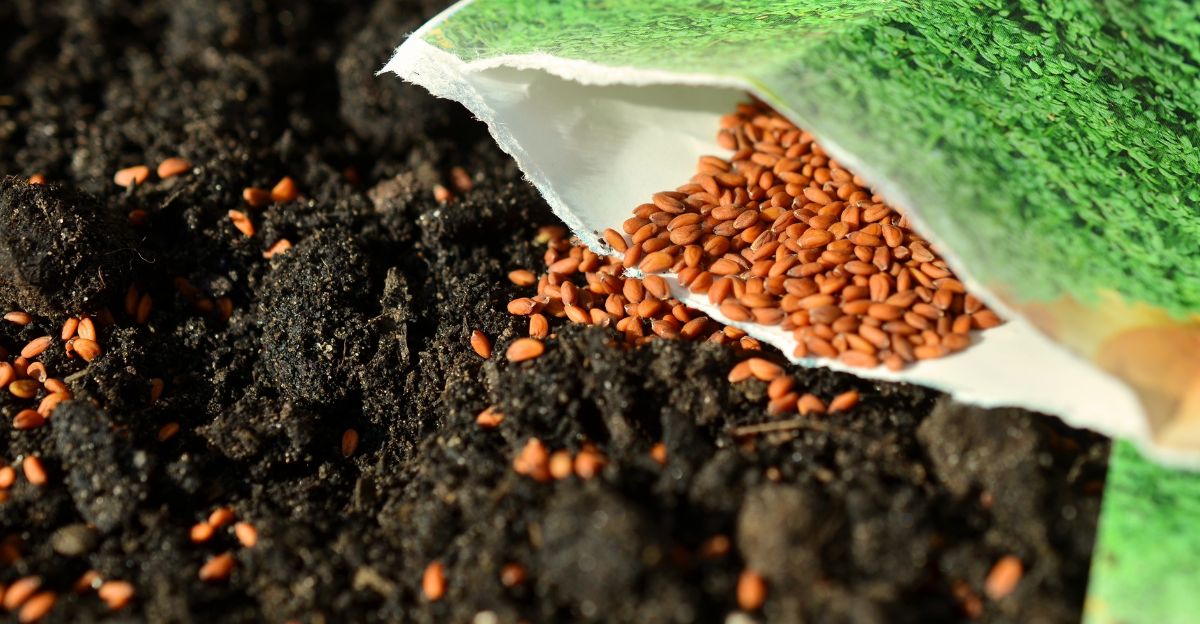
Storing your seeds in your outdoor shed makes complete sense, but it might not be the best idea. Seeds need cool, dry, and stable conditions to maintain their viability. The ideal storage temperature is between 32°F and 50°F, with low relative humidity (below 50%) to prevent premature germination, mold growth, or seed rot.
Seeds tend to attract pests like rodents and insects, which are more likely to invade sheds and can destroy seed stocks.
14. Valuables
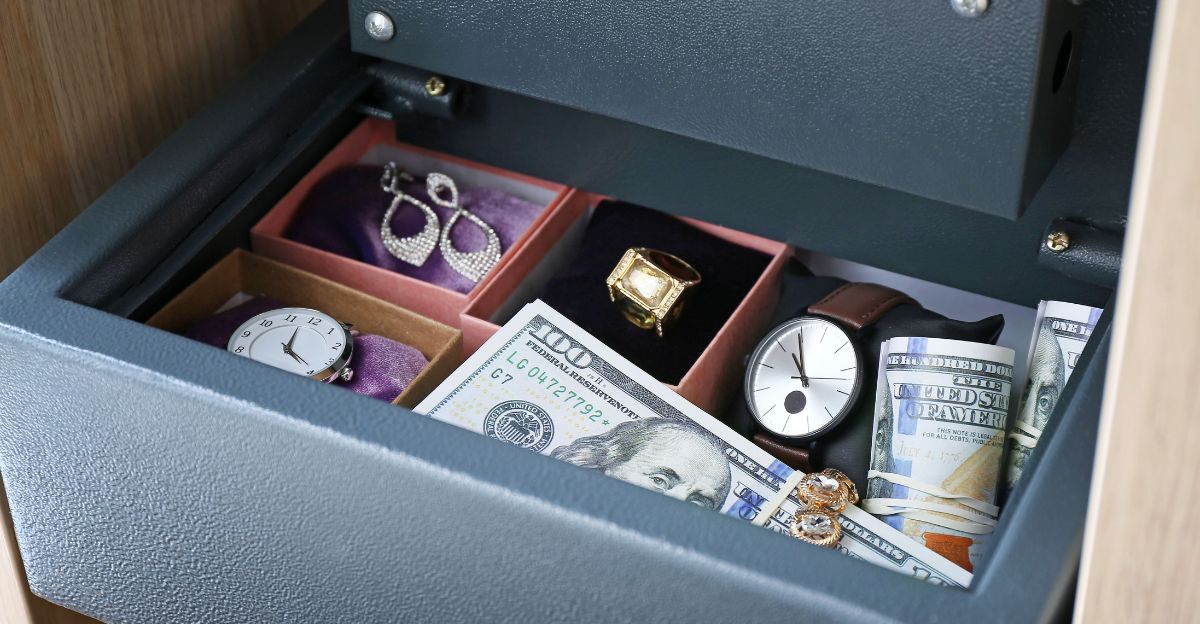
Sheds are generally less secure than the main house and can be easy targets for burglars, especially since they’re often isolated and lack robust locks or alarm systems. Sheds are susceptible to leaks, pests, and even flooding, significantly increasing the risk that valuable items will be ruined or lost forever.
Temperatures can also damage valuables, so storing them in a cool, dry place is the best way to ensure their longevity.